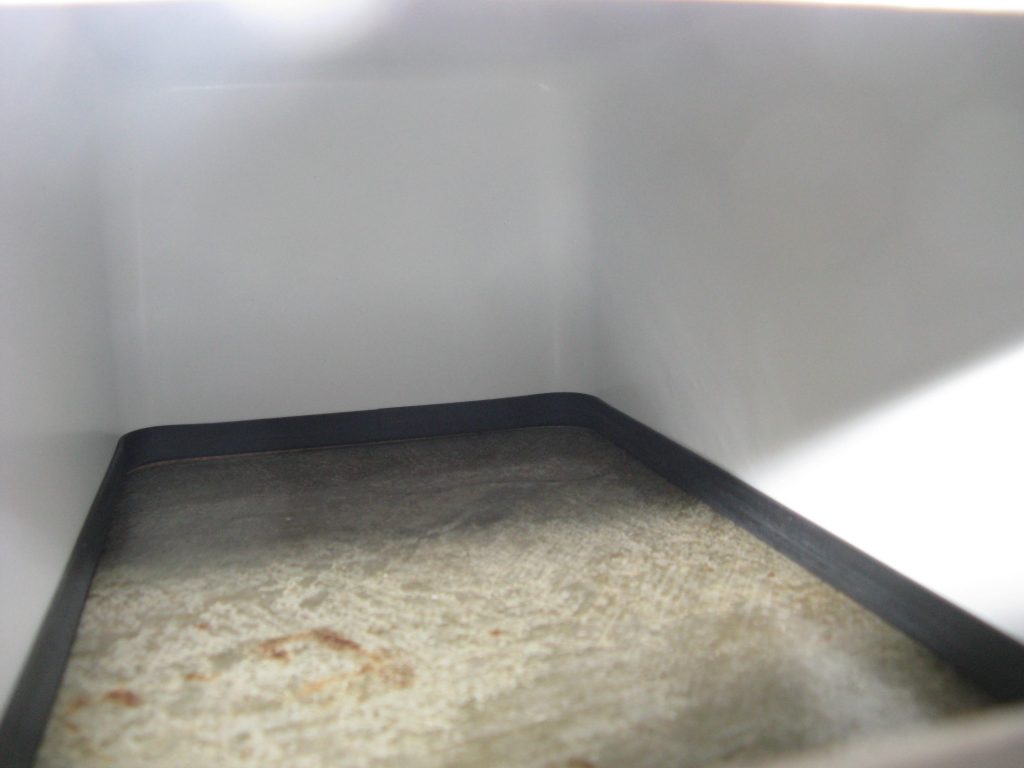How do you simulate the effect of daylight on indoor house dust in a controlled laboratory setting? By building homes for the dust, of course. In a recent pilot project, we created “lightboxes” to look at the effect of natural light on bacterial communities in dust, separate from the microbial influences of human occupants or outdoor air. The boxes are each a single room, with single window covered by filters to control the amount and type of daylight which shines on the dust inside. House dust was collected from a variety of different homes, and homogenized to create a single starting sample. Aliquots of that homogenized dust were dispensed into petri dishes inside the lightboxes, which were installed on a roof at the University of Oregon to catch natural daylight. The results from this study are currently under peer-review, and will be available here soon!





